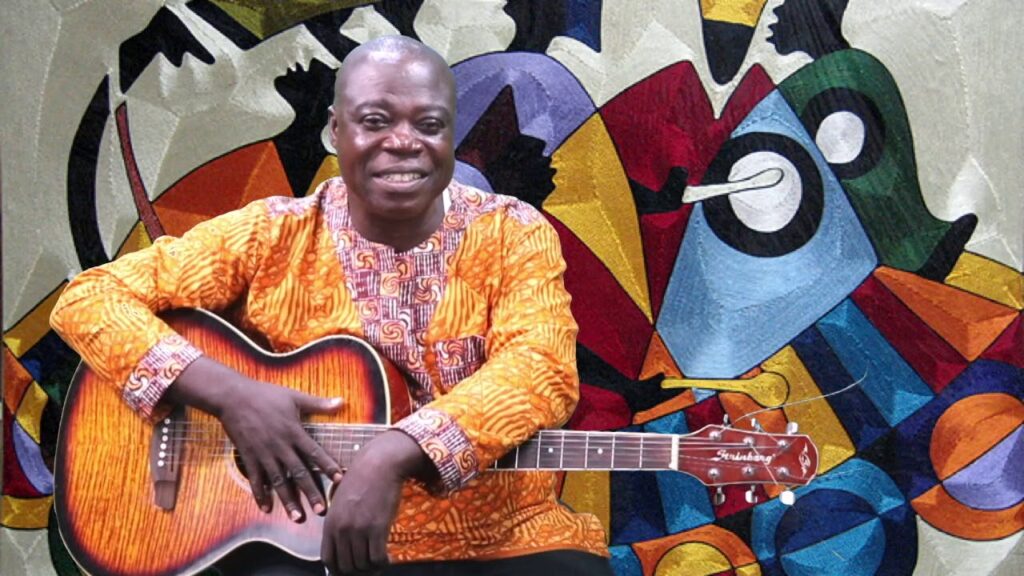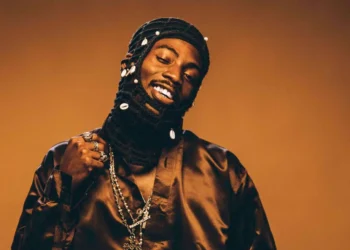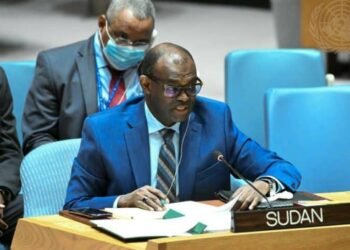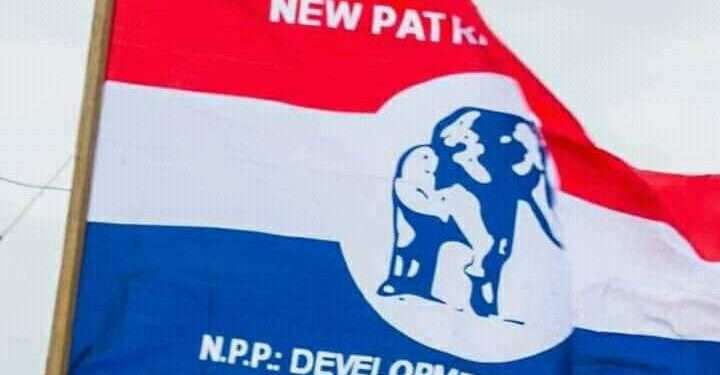The divide between young artists and older artists has become increasingly pronounced in an era of rapid technological advancements and shifting cultural paradigms.
Many young artists, fueled by a desire to break free from traditional norms, often dismiss the insights and experiences of their older counterparts.
This perspective, however, overlooks the immense value that seasoned artists bring to the table.
By recognizing the importance of intergenerational dialogue, young artists cultivate a more nuanced understanding of their craft, ultimately enriching their work and contributing to a vibrant artistic community.
Legendary Ghanaian guitarist, Ackah Blay, has lamented a ‘disconnect’ between the country’s musicians and new, emerging artists.
Blay stated that many younger artists see the older generation as ignorant and refuse to associate with them.
“The younger ones are not coming to us. I mean, you won’t expect your teacher to come to you to ask you, ‘Do you want to learn something today?’ No. You always have to go to your teacher.”
Ackah Blay
Young artists often view older artists as relics of a bygone era, clinging to outdated techniques and perspectives.
This perception is fueled by the fast-paced nature of contemporary culture, where trends change overnight and innovation is celebrated above all else.
Social media platforms, which serve as primary avenues for artistic expression and promotion, tend to amplify the voices of young artists, creating an echo chamber that diminishes the visibility of older artists.

Consequently, many young artists feel justified in their belief that older artists lack relevance in today’s artistic landscape.
Ackah Blay added that such attitudes would negatively affect efforts at preserving Ghana’s cultural heritage through Highlife music, stating, “We have our own culture as Ghanaians; you cannot go to China and sell Chinese food. You can only sell what we have, and that is Highlife.”
However, this viewpoint fails to acknowledge the wealth of knowledge and experience that older artists possess.
Having navigated the complexities of the art world, they have honed their skills through years of practice, experimentation, and reflection.
Their understanding of artistic techniques, historical contexts, and the evolution of various art forms provide invaluable insights that young artists have not yet grasped.
Furthermore, older artists have often faced and overcome challenges that younger artists are just beginning to encounter, such as finding their voice, establishing a professional network, and dealing with criticism.
Intergenerational (Young Artists, Older Artists) Collaboration

One of the most effective ways to bridge the gap between young and older artists is through collaboration.
When artists from different generations come together, they share their unique perspectives and skills, leading to innovative projects that blend tradition with modernity.
For instance, a young visual artist might collaborate with an older painter to create a mixed-media piece that incorporates traditional techniques with contemporary themes.
Such partnerships foster mutual respect and understanding, allowing both parties to learn from one another and expand their creative horizons.
Ackah Blay acknowledged the role of veteran musicians in bridging this gap, noting that the older generation hasn’t made learning easily accessible for younger artists.
He highlighted the scarcity of Ghanaian musical content online, particularly for aspiring musicians, and urged his peers to share more resources to facilitate learning.
“We, the older ones, haven’t put much content online for the younger ones to consume and to learn. Especially me, I’m a guitarist, and I’m trying my best to put some content, some Ghanaian rhythms online so that the younger ones can learn from it. But apart from me, who else?
“The younger ones go online, and then they have nothing Ghanaian to learn. They just learn what is online. So, that is why I will encourage my mates to try our best to put a lot of content online so that the younger ones can learn.”
Ackah Blay

Moreover, older artists often serve as custodians of artistic history and tradition. By studying the works and methodologies of past generations, young artists gain a deeper appreciation for the foundations upon which their practices are built.
This historical awareness inspires new ideas and approaches, encouraging young artists to push boundaries while remaining rooted in a rich artistic heritage.
Understanding the struggles and triumphs of those who came before them also provides young artists with the resilience and perspective needed to navigate their journeys.
While the perception that older artists are out of touch is prevalent among young artists, it is crucial to recognize the invaluable contributions that seasoned artists make to the artistic community.
Embracing the knowledge of the past does not stifle creativity; rather, it enriches it, allowing for a vibrant exchange of ideas that inspires the next generation of artists.
In a world where art continuously evolves, the collaboration between young and older artists is not just beneficial—it is essential.
READ ALSO: Central Regional Minister Promotes Farming as Galamsey Alternative



















